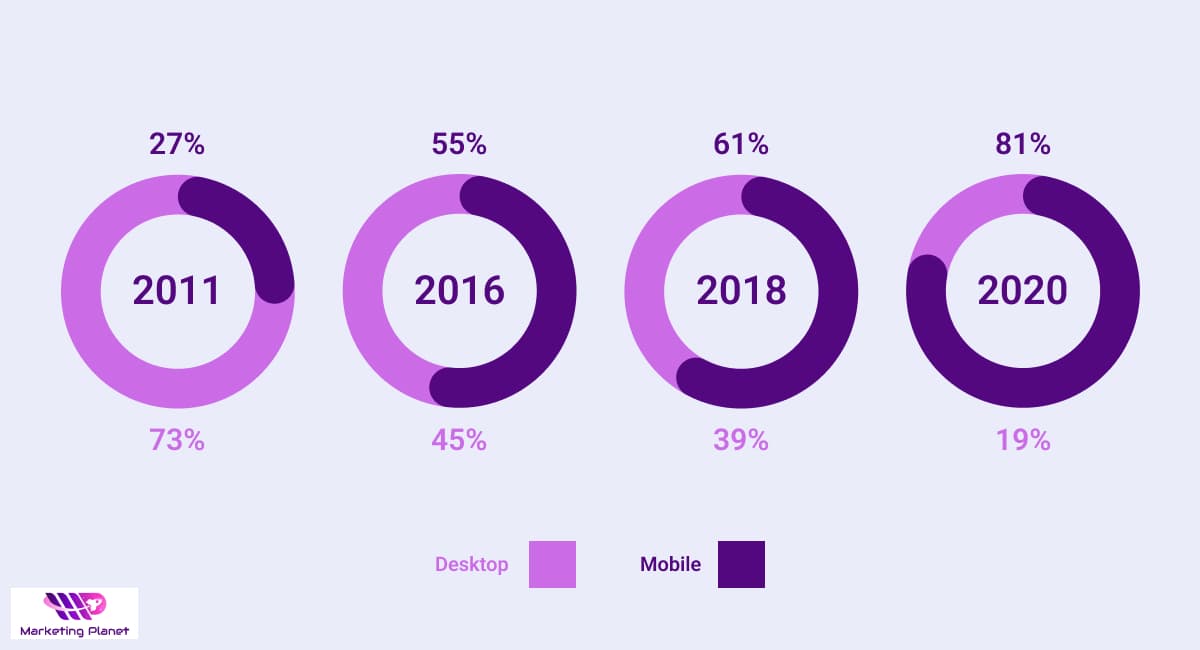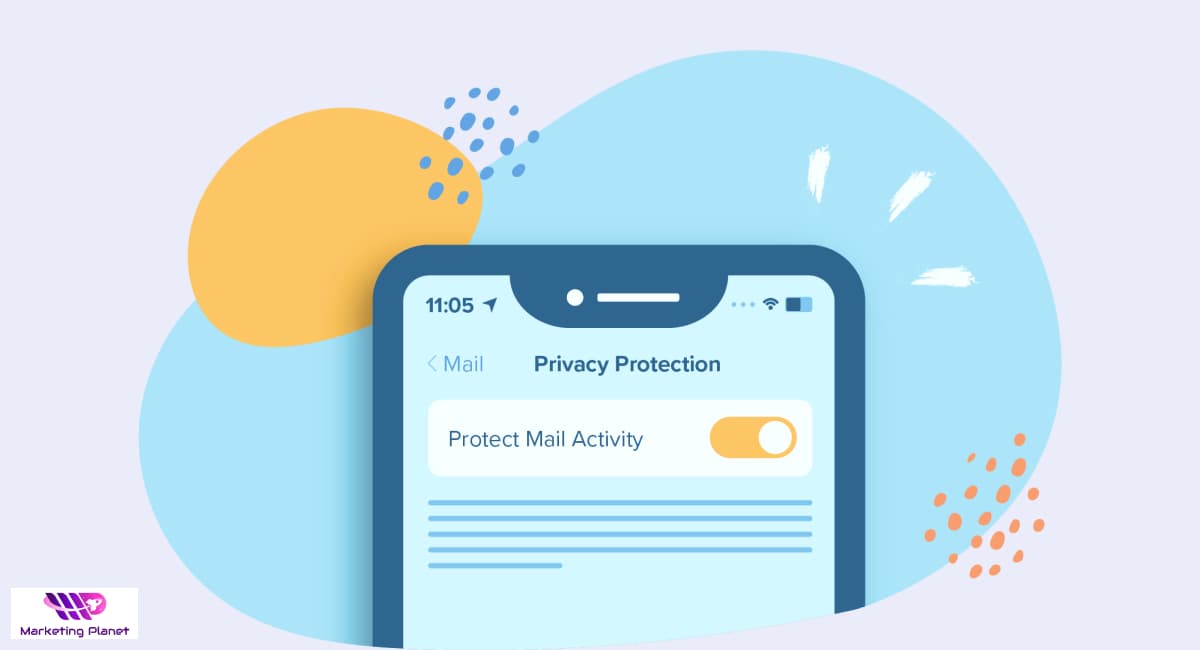In today’s digital age, email marketing remains a powerful tool for businesses of all sizes. But with inboxes overflowing and competition fierce, capturing attention is crucial. The question is, how are you stacking up against your industry peers?
Table of Contents
ToggleThis blog post delves into the world of email marketing open rates by industry in 2024. We will explore industry averages, uncover the top performers, and shed light on valuable benchmarks to help you gauge your email marketing success.
Whether you are a professional marketer or just starting out, this data-driven guide will equip you with the insights you need to craft email campaigns that resonate with your audience and drive results.
Understanding Email Open Rates: A Crucial Metric
In the ever-evolving world of digital marketing, email remains a powerful tool for connecting with audiences and driving engagement. However, measuring the effectiveness of your email campaigns goes beyond simply gauging how many messages are sent. A critical metric to understand is the email open rate, which provides valuable insights into how many recipients are actually viewing your content.
How to Calculate Open Rate?
An email open rate signifies the percentage of recipients who open a specific email out of the total number to whom it was delivered. This metric is calculated by dividing the number of unique email opens by the number of emails successfully delivered (excluding bounced messages).
For instance, if you send an email campaign to 1,000 subscribers and 200 emails bounce back, your delivered email count becomes 800. If 160 of those delivered emails are opened, your open rate would be 20% (160 opened emails divided by 800 delivered emails).
What Is Considered “Good” for Marketing Emails?
The term “good” open rate in email marketing can be quite elusive. It depends heavily on several factors, including the industry you operate in, the specific nature of your email content, and the target audience you are trying to reach. Interestingly, even geographical location can play a role.
Global Benchmarks and Industry Leaders
According to data, Canada boasts the highest marketing email open rate globally, with recipients opening an impressive 20.12% of such emails. When it comes to industries, the financial services sector takes the crown with an average open rate of 16.68%, followed closely by publishing and communications at 14.47% and 11.83% respectively.
The Marketer’s Perspective: A More Optimistic View
However, these global averages might not paint the entire picture. Many marketers report experiencing significantly higher success rates. A staggering 60% of marketers worldwide claim to achieve open rates exceeding 20% for their campaigns. Additionally, 34.7% report falling within a comfortable range of 10% to 20% open rates.
Fortunately, a very small percentage of marketers, only 4.2%, indicate that their campaigns consistently generate open rates below 10%. This suggests that email marketing, on the whole, remains a viable channel with a receptive audience. People are, for the most part, willing to open your messages and engage with your content.
Email Marketing Open Rates by Industry in 2024
Understanding how your email marketing campaigns perform compared to industry benchmarks is crucial for optimizing your strategy. According to Hubspot, the average email open rate across all industries in 2024 sits at around 38.49%. However, this number doesn’t tell the whole story. Open rates can fluctuate significantly depending on the specific industry you operate in.
Industry-Specific Open Rates
Let’s take a closer look at email open rates for various industries based on data from MailerLite. Here are some interesting observations:
| Industry | Open Rate |
| Government | 46.94% |
| Medical, dental, and healthcare | 46.67% |
| Non-profit | 46.49% |
| Media | 40.67% |
| Computers and Electronics | 39.98% |
| Business and Finance | 36.49% |
| Marketing and Advertising | 33.62% |
| Construction | 33.9% |
High Engagement Industries
Industries like government (46.94%), healthcare (46.67%), and non-profit (46.49%) boast some of the highest open rates. This can be attributed to the inherent trust associated with these sectors and the potential importance their emails hold for the recipients.
Moderate Engagement Industries
Media (40.67%), computers and electronics (39.98%), and business and finance (36.49%) fall within a moderate engagement range. These industries may require more strategic email marketing efforts to improve open rates.
Lower Engagement Industries
Marketing and advertising (33.62%) and construction (33.9%) tend to have lower open rates. This could be due to factors like recipient fatigue from high marketing email volume or content that is perceived as less personally relevant.
Why the Variations?
Several factors contribute to the differences in email open rates between industries. Here are two key considerations:
Target Audience Interest Level
Industries dealing with topics highly relevant to the recipient’s life or well-being, such as healthcare or finance, are likely to see higher open rates.
Email Frequency Expectations
The frequency with which recipients expect emails from a particular industry also plays a role. For instance, marketing emails might be tolerated at a higher frequency compared to emails from the construction industry, which may not require as frequent communication.
Apple Mail Privacy Protection
The introduction of Apple Mail Privacy Protection has introduced a new challenge for email marketers. This feature allows users to block email senders from knowing when they have opened an email, impacting the accuracy of open rate measurements.
With users having the option to prevent email providers from loading remote content, such as images and tracking pixels, tracking email opens may become more challenging. Marketers need to adapt their strategies and metrics to account for this shift in email behavior and find alternative ways to measure the success of their campaigns.
Are Email Open Rates Always a Reliable Metric?
As discussed before, one of the key metrics used to measure email campaign success is the open rate. However, as much as open rates can provide valuable insights into the performance of your email campaigns, they may not always present an accurate picture. Let’s delve into why email open rates may not be the be-all and end-all metric for evaluating your email marketing efforts.
Tracking Limitation
Pesky tracking limitations can hinder the accuracy of open rates. Some email clients are designed to block tracking pixels, which are commonly used to measure email opens. This blocking can result in underreporting of open rates, giving an incomplete view of recipient engagement.
Preview Pane Viewing
The way recipients interact with emails can also skew open rates. When an email is viewed in the preview pane without being fully opened, it may still register as an open. This can lead to inflated open rates that do not necessarily indicate genuine engagement.
Multiple Opens
Have you ever found yourself opening the same email more than once? Well, this behavior is not uncommon, and it can artificially boost open rates. Multiple opens from the same recipient can distort the actual level of engagement with your email content.
Spam Filters
The dreaded spam filters pose another challenge to accurate open rate measurement. If your emails get caught in spam filters and never make it to the recipient’s inbox, these unopened emails can negatively impact your open rate data, painting an inaccurate picture of your campaign’s performance.
Device Variability
Different devices and email clients interpret tracking pixels differently, affecting the reliability of open rates. The variability in how tracking pixels are handled can introduce discrepancies in open rate measurements across various platforms.
Beyond Open Rates: Key Email Marketing Metrics
While open rates offer a glimpse into how many recipients are opening your emails, several other metrics provide a more comprehensive understanding of your campaign’s performance. Here are some crucial email marketing metrics to consider alongside open rates:
Click-Through Rate (CTR)
This metric indicates the percentage of recipients who clicked on a link within your email. A high CTR suggests that your email content resonated with your audience and effectively prompted them to take the desired action, such as visiting your website or making a purchase.
Click-to-Open Rate (CTOR)
This metric refines the CTR by calculating the percentage of people who actually opened your email and then clicked on a link. It provides a more precise measure of engagement specifically among those who viewed your content.
Unsubscribe Rate
This metric signifies the percentage of recipients who choose to unsubscribe from your email list after receiving a particular email. A high unsubscribe rate can indicate several issues, such as irrelevant content, excessive email frequency, or a poorly defined target audience.
Conversion Rate
This metric represents the percentage of recipients who take the desired action after clicking on a link in your email. This could involve making a purchase, subscribing to a service, or downloading a resource. The conversion rate ultimately measures the effectiveness of your email campaign in driving tangible results.
Bounce Rate
This metric indicates the percentage of emails that are undeliverable. Bounces can be categorized as either “soft” bounces (temporary delivery issues) or “hard” bounces (permanent delivery issues due to invalid email addresses). A high bounce rate suggests potential problems with your email list hygiene.
The Power of a Holistic Approach
Focusing solely on open rates can be misleading. For instance, a high open rate might seem like a positive outcome, but if the CTR or conversion rate is low, it suggests that the email content wasn’t compelling enough to drive action. Conversely, a moderate open rate coupled with a high CTR can indicate a highly engaged audience who are genuinely interested in your message.
By analyzing a combination of metrics, you gain a deeper understanding of your audience’s behavior and preferences. You can identify areas for improvement, such as crafting more compelling subject lines or optimizing your call to action (CTA). Additionally, monitoring unsubscribe rates allows you to refine your targeting strategy and ensure your emails are reaching the right audience.
How to Improve Your Email Marketing Open Rates
Here are some actionable tips to craft compelling emails that entice readers to click that coveted “open” button:
Segment Your List for Tailored Content
People are bombarded with emails daily, and generic messages often get lost in the noise. Segmentation allows you to categorize your audience based on demographics, interests, or purchase history. This enables you to send targeted emails that are more relevant to their specific needs and preferences. Imagine receiving an email about the latest hiking gear instead of makeup tips – that’s the power of segmentation in action.
A/B Test Subject Lines: Make Every Word Count
The subject line is your email’s first impression – it needs to be clear, concise, and captivating enough to entice the recipient to open it. But crafting the perfect subject line is not an exact science. A/B testing allows you to experiment with different subject lines and see which ones resonate best with your audience. This data-driven approach helps you optimize your subject lines and maximize your chances of grabbing attention in cluttered inboxes.
Prioritize Mobile Optimization: Reaching Readers on the Go
With the rise of smartphones, email habits have transformed. A staggering 85% of users use smartphones to access email. If your emails aren’t optimized for mobile viewing, you risk losing a significant portion of your audience. Ensure your emails display correctly on smaller screens, with clear fonts, responsive design, and easy-to-click buttons.
Rekindle the Flame: Re-engagement Campaigns
Building an email list takes time and effort. Don’t let inactive subscribers become a burden. Re-engagement campaigns are a strategic way to reconnect with subscribers who haven’t interacted with your emails in a while. Offer them exclusive deals, valuable content, or a chance to update their preferences. This approach can help revive dormant interest and turn lapsed subscribers back into engaged readers.
Clean Out the Deadwood: Maintaining List Hygiene
An email list with a high number of inactive or invalid addresses can negatively impact your sender’s reputation and ultimately, your deliverability rates. Regularly cleaning your list by removing bounced emails and unengaged subscribers is essential. This streamlines your list, ensures your emails reach active recipients, and improves your overall campaign performance.
Timing Matters: Sending at the Right Moment
An essential factor that can significantly impact your open rates is timing. To find the optimal timing, you need to have a valid understanding of your audience’s behavior and preferences. Analyze data to identify the days and times your subscribers are most likely to be checking their emails. Scheduling your messages to land in their inboxes at these prime moments can significantly improve your chances of getting noticed.
Niche Down for Laser-Focused Content
In the digital age, broad and generic marketing efforts often fall flat. Consider niching down and tailoring your content to a specific audience segment. By focusing on a well-defined group with shared interests, you can create highly relevant and engaging content that resonates deeply with your target audience. This laser-focused approach can dramatically improve your open rates and build stronger connections with your ideal customers.
Closing Thoughts
Achieving strong email marketing open rates requires a strategic and multi-faceted approach. By segmenting your list, crafting captivating subject lines, optimizing for mobile devices, and strategically scheduling your sends, you can significantly increase the number of recipients who open your emails.
Additionally, re-engaging inactive subscribers, maintaining list hygiene, and focusing on niche content can further enhance your email marketing efforts. Remember, consistently analyzing email marketing open rate by industry in 2024 and adapting your tactics are key to unlocking the full potential of email marketing and fostering meaningful connections with your target audience. So, put these tips into practice, and watch your open rates soar!














